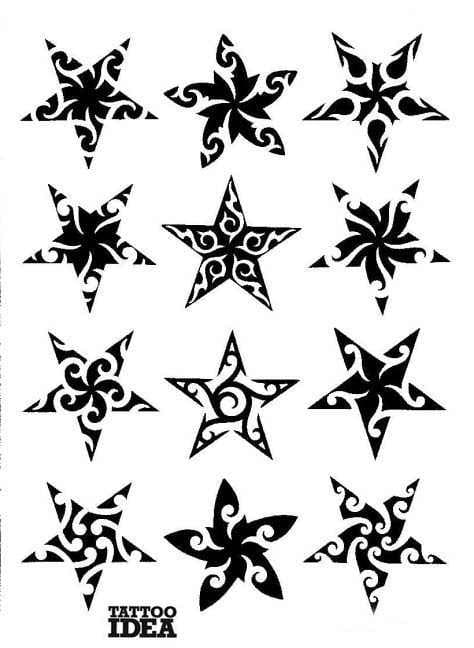Exploring the Wonder of Stars in the M?ori Worldview: A Parent’s Guide
Hei, wonderful mums, dads, and caretakers out there! Are you ready to embark on a stellar journey through the night sky, just as our ancestors did? Whether you’re tucking your little ones into bed or gazing up at the twinkling heavens above, the stories and knowledge about whet? (stars) as understood by the M?ori people of Aotearoa (New Zealand) are as vast as the sky itself. Together, let’s uncover the twinkling marvels of the night and share the rich traditions and cosmology that are as entrancing as the stars they describe.
Introducing Whet?: The Stars of M?ori Astronomy
Within the M?ori worldview, the stars, or whet?, have always been more than just points of light in the sky. They are guides, storytellers, and the legacy of the ancestors that watch over us. Sharing these celestial tales with your children isn’t just educational; it’s a way to connect them with an ancient heritage that respects and understands the natural world in profound ways.
The Importance of Matariki: The M?ori New Year
Maybe you’ve heard of Matariki, but what is it exactly? Matariki is the M?ori name for the Pleiades star cluster, which rises in mid-winter and heralds the start of the M?ori New Year. It’s a time of remembrance, joy, and new beginnings. Celebrating Matariki allows your family to partake in festivities that include storytelling, reflection, and togetherness—a wonderful reason to gaze up at the night sky in awe!
Myths and Legends: Understanding the Stories Behind the Stars
Every culture has its own stories woven into the constellations, and Aotearoa is no different. The star myths of the M?ori are deep and full of wonder, teaching values such as bravery, love, and wisdom. By sharing these stories with your children, you help keep the narratives alive while bestowing valuable life lessons.
Stars as Navigational Tools: Wayfinding and Navigation
The whet? were instrumental for M?ori wayfinding techniques. Expert navigators used the stars to cross vast stretches of the Pacific Ocean. By teaching your children these ancient methods, you not only expand their minds, but you also cultivate a sense of direction and adventure!
Activities for Learning: Making Star Knowledge Fun!
Now, how can you turn this rich knowledge into an enjoyable and memorable experience for your children? Here are a few ideas to get started:
- Stargazing evenings: Choose clear nights to simply lie back and watch the sky, perhaps identifying Matariki and other stars or constellations important in M?ori astronomy. Encourage questions and storytelling during this quiet time together.
- Create a Star Map: With your children, craft a star map including M?ori constellations, and hang it in their room. This can be a creative and interactive way to learn.
- Celebrating Matariki: Participate in or create your own local Matariki celebrations, perhaps with kite flying, which represents connecting to the celestial world.
This guide will serve as your first map to the stars but delve further, and you’ll uncover even more enchanting stories and activities to enrich your family’s evenings. Knowing about the whet? can ignite a passion for astronomy in your children, and what could be better than that? Let’s continue this nightly adventure together, appreciating the stars above, just as the M?ori have for generations.

Five Things Parents Should Know When Introducing M?ori Star Knowledge
Understanding M?ori Values and Worldview
Before diving into the wonders of the stars, it’s vital to familiarize yourself with the M?ori values and concepts that are intertwined with their understanding of astronomy. M?ori tradition sees humans as intimately connected with nature, and this is reflected in how they interpret the cosmos. Learn about concepts like mana (prestige, authority), tikanga (customs), and whanaungatanga (relationships) to help provide context to the stories and knowledge you will share with your children.
The Role of an Oral Tradition
M?ori history and knowledge were passed down through generations orally, which means storytelling plays a crucial role in sharing this knowledge. Engaging with your children through stories will help them remember key details and principles. Encourage them to retell the stories in their own words to reinforce their understanding and connection to the material.
Aligning Astronomy with Seasons and the Natural World
Star knowledge in M?ori tradition is closely linked with the seasons and the environment. This interconnectedness is important for children to grasp. Explain how the rising of Matariki signifies the coming of the M?ori New Year and how other stars have similar connections to times of the year and natural occurrences.
Interactive Learning Is Key
When introducing the stars, use interactive methods to keep young learners engaged. Drawing constellations, using apps that map the night sky, and visiting planetariums that feature M?ori star lore can make the learning experience more vivid and impactful. The interaction between seeing, doing, and hearing helps solidify their learning and makes it enjoyable.
Cultural Respect and Significance
As you and your family delve into M?ori astronomy, emphasize the importance of respect for these cultural narratives. This is not merely a scientific exercise but an opportunity to appreciate and honor a culture’s way of making sense of the world we live in. Communicate that these stories and practices are significant and sacred to the M?ori people.
Bringing the Stars Closer: Resources and Practical Tips
To help your little astronomers grasp the beauty of M?ori star knowledge, here are some practical tips and resources you can use to guide your exploration:
- Use Age-Appropriate Language: When discussing complex concepts such as navigation and mythology, be sure to use language and analogies that your children can easily understand.
- Teach Stargazing Etiquette: Explain to your children how to observe the night sky respectfully, including the minimization of light pollution and the preservation of the natural environment.
- Involve the Community: Reach out to your local M?ori community or educators who specialize in M?ori astronomy to gain deeper insights and learn from authentic sources.
The sky’s the limit when it comes to learning about stars and their significance in different cultures. For parents looking to share the M?ori perspective on astronomy with their children, embracing these principles and ideas is just as thrilling as spotting a shooting star. So bundle up in your warmest blankets, prepare a cup of hot cocoa, and look up into the vast cosmos with your little ones. As you do, you’re sure to create lasting memories and a sense of wonder that resonates with the M?ori’s deep understanding and reverence for the night sky.
See more great Things to Do with Kids in New Zealand here. For more information see here
Disclaimer
The articles available via our website provide general information only and we strongly urge readers to exercise caution and conduct their own thorough research and fact-checking. The information presented should not be taken as absolute truth, and, to the maximum extent permitted by law, we will not be held liable for any inaccuracies or errors in the content. It is essential for individuals to independently verify and validate the information before making any decisions or taking any actions based on the articles.




